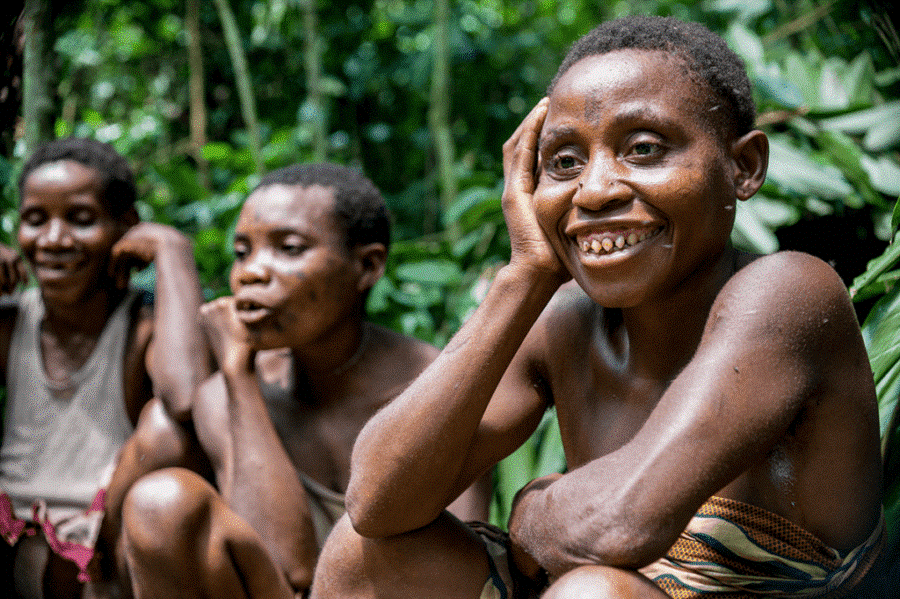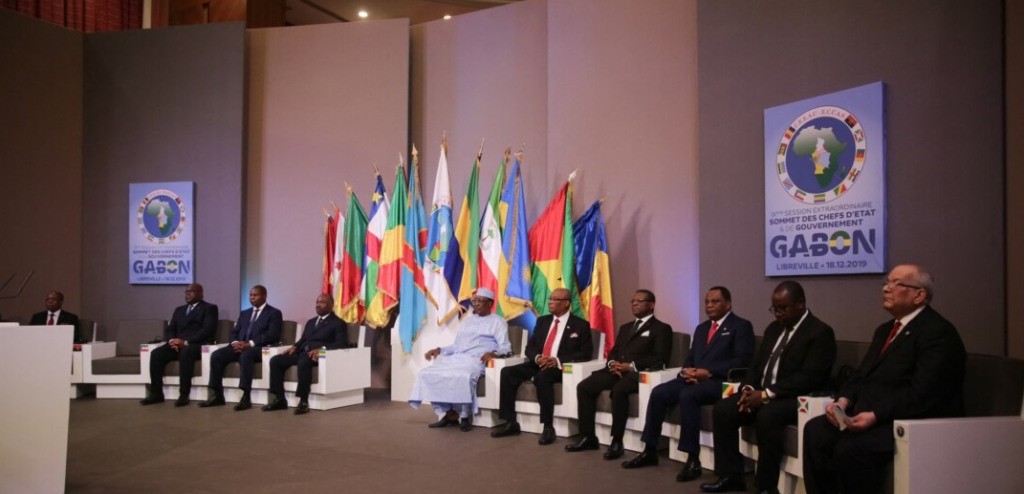The Democratic Republic of Congo (DRC) is the largest nation in sub-Saharan Africa. Its area can be compared to that of Western Europe. The DRC is considered one of the African countries with the richest reserves of natural resources including minerals, such as copper and cobalt, fertile land, biodiversity, potential for hydroelectric power generation, and the world’s second-largest rainforest. Apart from the wide range of natural resources, the DRC also boasts a diverse array of traditions and customs. The most popular ones are discussed below.
1. Family Structure
In the DRC, family structure is diverse as it is influenced by the presence of diverse cultural customs practiced by different communities residing in the country. However, the extended family unit is more crucial compared to the nuclear unit as it provides necessary social support and is important in the sharing of resources and responsibilities. In the DRC, family structures and lineage are traced using patriarchal and matriarchal family lines. This is dependent on the practices of each ethnic community. Marriage is an important practice in the DRC. Arranged marriages are common and families play a crucial role in the selection of spouses. The bride price or dowry is presented by the groom’s family to the bride’s family as a token of appreciation for providing them with a bride.
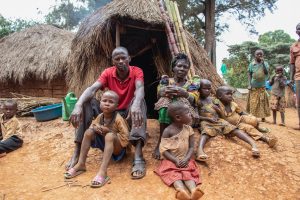
Children are considered a blessing among the Congolese and are raised communally. However, ongoing conflict and political instability have resulted in the disruption of basic family structures. Many children have become orphans and are subjected to child labor and exploitation in the country.
2. Traditional Congolese Food and Meal Patterns
In the DRC, most families consume one or two meals daily, with the main meal taken around 3:00 p.m. In rural areas, meals are shared communally. All the food is placed on a large plate or dish where the locals eat from using their hands. However, in urban areas, food is served on plates for every individual partaking in the meal. Food is usually served at a table accompanied by water. Snacks are usually not a common phenomenon.
Congolese people are very generous with the little food they have. A family with only one goat or chicken will slaughter it and prepare it to be shared during holidays and events such as weddings and burials.

Some of the common traditional Congolese foods include
- Sombre: The main ingredients for this dish are onions, chili, and cassava leaves. In some instances, dried fish or meat is added.
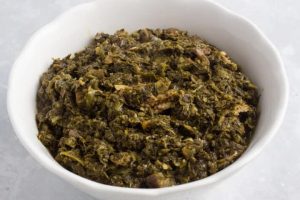
- Ugali/Fufu: This dish is made from corn flour and/or cassava flour and water to form a thick mass that is eaten by rolling it into bite-size balls and dipping it in an accompaniment, which is often a type of stew.
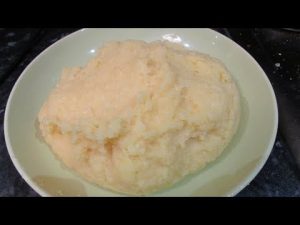
- Igikoma: Its main ingredients include water, sugar, corn, sorghum, and wheat flour. This dish is eaten as a porridge for breakfast in the morning.
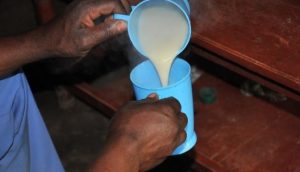
- Kwanga: This is a type of bread made from cassava. It is usually wrapped in banana leaves when cooked and is usually commercially produced.
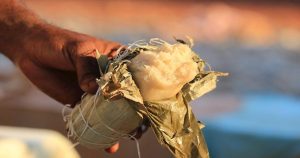
- Red palm oil: This oil is commonly used to prepare foods in the DRC. It is high in monosaturated and saturated fats and vitamins A and E.
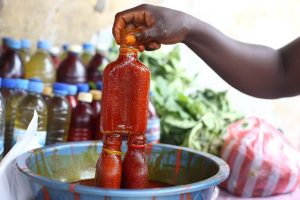
3. Social Norms and Etiquette
In the DRC, the respect that a person receives in the community heavily rests upon their choice of clothing. For this reason, the majority of these people wear clean, colorful, and crisp clothing. This belief was acquired during colonialism where materialism was highly practiced. Traditionally, women preferred long skirts and avoided pants but over time, pants have been adopted. The status of women in the DRC depends on their living situation, ethnic background, and wealth. Women who live alone in rural areas are often criticized therefore, single women prefer to reside in rural areas. Generally, the men in the DRC hold positions of power.
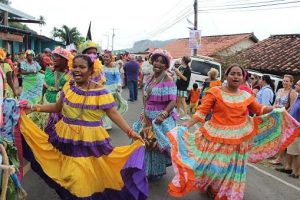
In the DRC, greetings are a crucial part of etiquette. Locals enquire about each other’s health and well-being before discussing more formal topics. The left hand is usually reserved for purposes such as personal hygiene and must not be used to greet others or pass items. It is common practice for people to make physical contact when greeting each other. Some gestures may be considered offensive in this community. For instance, pointing at someone is very impolite.
Children are taught to respect their elders. Girls are taught how to be caregivers to their siblings and aid their parents with errands around the house from a tender age. Elders and leaders in the community are highly respected in the DRC.
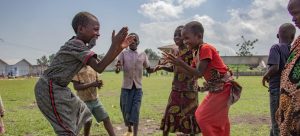
4. Music and Dance
Music is a big part of the Congolese culture. Popular ethnic music genres include rumba and merengue, which were combined to create soukous, a famous African music genre. The soukous style of music is popularly used in music composed in Lingala language, one of the national languages of the DRC. Artists such as Papa Wemba, Fally Ipupa, and Koffi Olomide have greatly influenced the Congolese music and fashion scenes. They have set the tone for newer artists who follow in their footsteps.
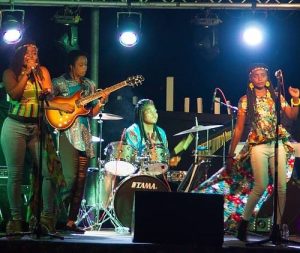
5. Ethnicity and Language
There are at least 250 tribes that speak 250 different languages in the DRC. A majority of these ethnic groups (about 80%) are Bantu-speaking communities. However, French is the official language in the country as it is used to conduct business education, political, and legal processes. There are four national languages in the DRC: Swahili, Tshiluba, Lingala, and Kikongo.
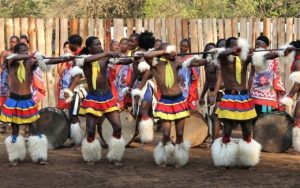
6. Religion and Spirituality
A better part of the Congolese population practices Christianity, with 46-48% being Roman Catholics and 26-28% being Protestants. Upto 16.5% of the population are Kimbanguists, which is a special sect of Christianity in Congo that was founded by Envoy Simon Kimbangu. Islam is practiced by a very small portion of the population. A majority of the Congolese religious beliefs are based on one superior God and lesser supreme gods, spirits, and ancestors. These lesser supreme beings create a link between the living and the dead.
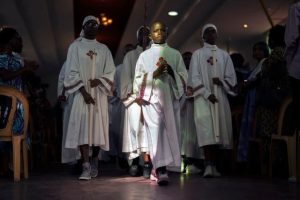
7. Burial Rituals
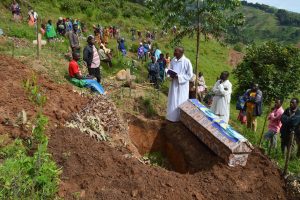
Different burial rituals are practiced by different ethnic groups in the DRC. However, some common rituals cut across each of these ethnic communities. The following are some burial rituals observed among the most popular ethnic groups in the DRC.
- Nande Community: This tribe is primarily found in North Kivu province. They are known to exhibit a high level of respect for the dead. Their burial rituals include dancing, slaughtering cattle, and displays of dignified mourning. However, urbanization has greatly influenced these practices, making them almost non-existent.
- Luba-Kasai Community: This ethnic group is mainly found in the Kasai Provinces. When a person dies in this tribe, the family prepares the body by cleansing and dressing it first before their neighbors are allowed to join them to grieve. The community gathers around the body and the family then displays their grief publicly. This community is also known to respect the dead therefore, it is customary to avoid consuming heavy food during the mourning and burial period.

- Consequences of Ebola: Traditional burial practices are inhibited by the Ebola epidemic in the DRC because of the health risks involved. When an individual succumbs to Ebola, the body of the deceased is doused in bleach and can only be handled by health officials wearing protective gear. This helps prevent the spread of the disease but it disrupts customary practices like communal mourning and preparation of the body for burial.
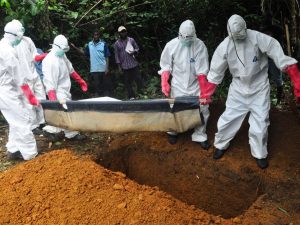
All these traditions and customs represent the rich cultural heritage of the DRC. However, urbanization, globalization, and Western influences continue to alter and eliminate them.
References
Country Reports. (2024). The Democratic Republic of the Congo. https://www.countryreports.org/country/DemocraticRepublicoftheCongo.htmhttps://www.countryreports.org/country/DemocraticRepublicoftheCongo.htm
Friends of the Congo. (2024). Congolese culture. https://friendsofthecongo.org/congolese-culture/
International Committee of the Red Cross. (2021). Democratic Republic of Congo: The art of stopping the moment. https://www.icrc.org/en/document/congo-art-stopping-moment
Iowa Women, Infants, and Children (WIC). (2019). Congolese culture & foods. https://hhs.iowa.gov/media/12916/download?inline=
Kazadi, J. (2022). Mourning tradition among the Luba-Kasai tribe in the Democratic Republic of Congo. First United Methodist Church of Hurst. https://www.fumchurst.org/blog/mourning-tradition-among-the-luba-kasai-tribe-in-democratic-republic-of-congo/
Luneghe, M. K. (2023). In urban DRC, chaos reigns as mourners abandon funeral traditions. Global Press Journal. https://globalpressjournal.com/africa/democratic-republic-of-congo/urban-drc-chaos-reigns-mourners-abandon-funeral-traditions/
Mortensen, M. (2013). The breakdown of societal order in the Democratic Republic of Congo. E-International Relations. https://www.e-ir.info/2013/12/08/the-breakdown-of-societal-order-in-the-democratic-republic-of-congo/
World Atlas. (2024). The culture of the Democratic Republic of Congo. https://www.worldatlas.com/articles/the-culture-of-the-democratic-republic-of-the-congo.html



